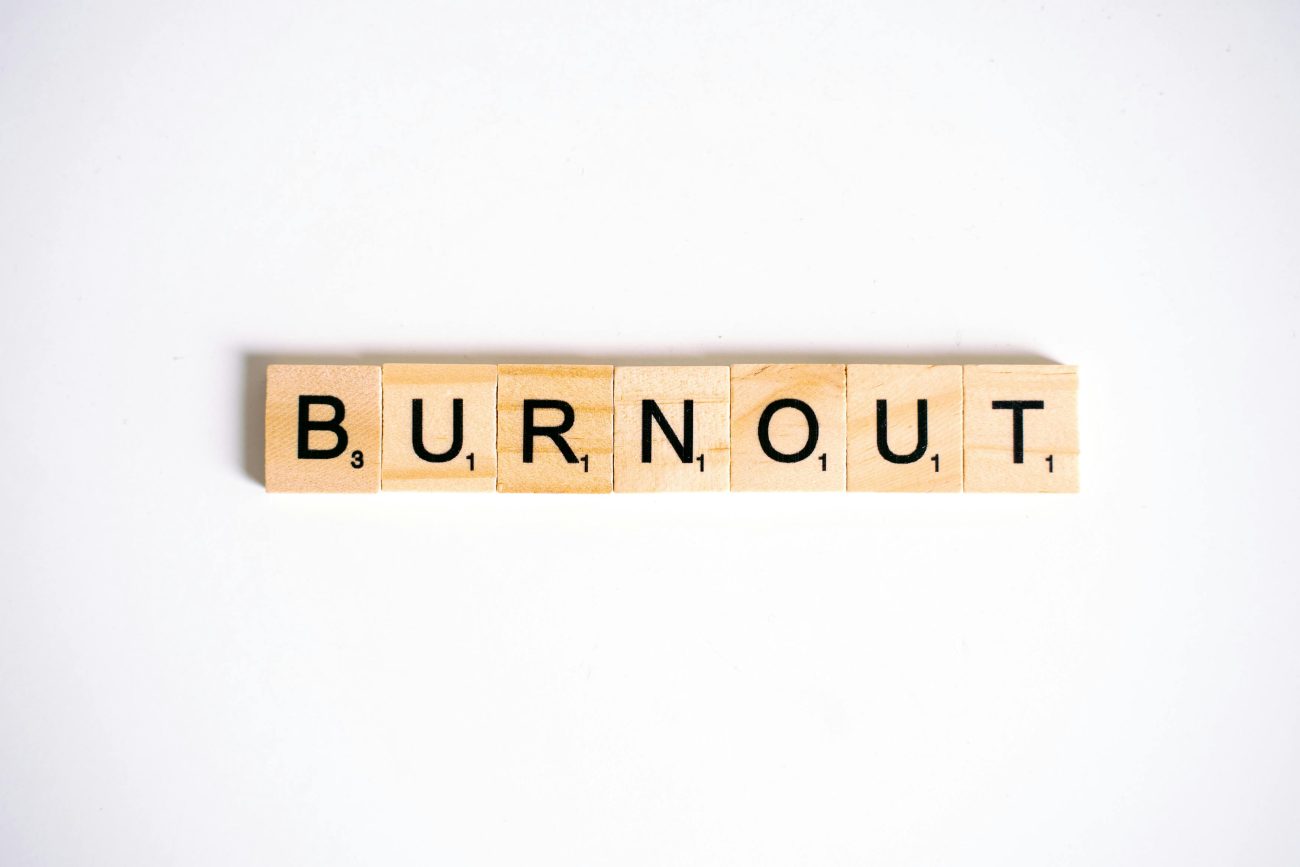Work used to feel busy. Now, for many professionals, it feels overwhelming. Emails never stop, Slack messages ping at all hours, and “just one more project” quickly turns into late nights and weekends at the desk.
This constant pressure can lead to burnout—a state of emotional, physical, and mental exhaustion caused by prolonged stress. Burnout isn’t just about being tired; it can derail careers, harm health, and impact organizations as a whole.
The good news? Burnout can be managed and even prevented. In this article, we’ll explore the signs, root causes, and practical strategies for creating balance in the modern workplace.
What Is Burnout?
The World Health Organization defines burnout as an occupational phenomenon characterized by three main dimensions:
- Exhaustion: Feeling drained and unable to cope.
- Cynicism/Detachment: Losing passion or motivation for your work.
- Reduced Effectiveness: Struggling to perform even basic tasks.
Burnout is more than just stress—it’s stress without relief.
Common Signs of Burnout
- Constant fatigue, even after rest.
- Irritability or negativity toward work.
- Difficulty concentrating or completing tasks.
- Decline in job performance.
- Withdrawal from coworkers or social activities.
- Frequent physical symptoms (headaches, stomach issues).
Recognizing the early warning signs is key to reversing the spiral.
Causes of Burnout in the Modern Workplace
1. Work Overload
Too many tasks, tight deadlines, and long hours create chronic stress.
2. Always-On Culture
Remote work and digital tools blur the boundaries between work and personal life.
3. Lack of Control
When employees feel they have little say over workload or priorities.
4. Poor Workplace Culture
Toxic environments, lack of recognition, and unclear expectations accelerate burnout.
5. Mismatch Between Values and Work
When the job feels meaningless or misaligned with personal goals.
The Impact of Burnout
Burnout doesn’t just hurt employees—it also impacts organizations:
- Reduced productivity and increased mistakes.
- Higher turnover rates and talent loss.
- More absenteeism due to stress-related illness.
- Lower morale across teams.
In fact, Gallup research shows burned-out employees are 2.6x more likely to actively seek a new job.
Strategies to Manage and Prevent Burnout
1. Set Boundaries
- Define work hours and stick to them.
- Turn off email/Slack notifications after hours.
- Learn to say “no” to non-essential tasks.
2. Take Breaks (and Vacations)
- Use the Pomodoro technique (25 minutes of work, 5-minute break).
- Step away from your desk for lunch.
- Take time off to recharge—without guilt.
3. Prioritize Self-Care
- Exercise regularly (even short walks).
- Get quality sleep (7–9 hours).
- Practice mindfulness or relaxation techniques.
4. Communicate with Your Manager
- Share workload concerns early.
- Ask for clarity on priorities.
- Suggest solutions (delegating, shifting deadlines).
5. Reframe Your Work
- Focus on the aspects of your role that bring meaning.
- Celebrate small wins daily.
- Connect tasks to the bigger picture.
What Employers Can Do
Organizations play a crucial role in preventing burnout:
- Encourage balance: Model healthy boundaries from leadership.
- Recognize contributions: Appreciation improves morale.
- Create supportive cultures: Open communication and psychological safety.
- Offer resources: Access to wellness programs, counseling, or flexible work options.
Moving from Burnout to Balance
Recovering from burnout isn’t instant—it’s about making consistent changes:
- Acknowledge what’s happening.
- Adjust workload and habits.
- Rebuild energy through rest and self-care.
- Reconnect with meaningful aspects of work.
Think of balance not as a perfect 50/50 split but as a dynamic adjustment—sometimes leaning into work, sometimes into rest.
Conclusion
Burnout is a real and growing challenge in the modern workplace, but it’s not inevitable. By setting boundaries, practicing self-care, and fostering supportive workplace cultures, both employees and employers can move from exhaustion to balance.
Remember: taking care of your well-being isn’t just good for you—it’s good for your career. Because a healthy, engaged professional is far more effective than one running on empty.

